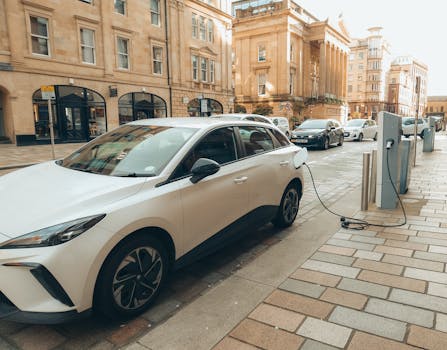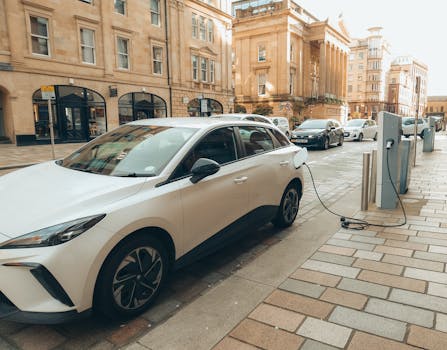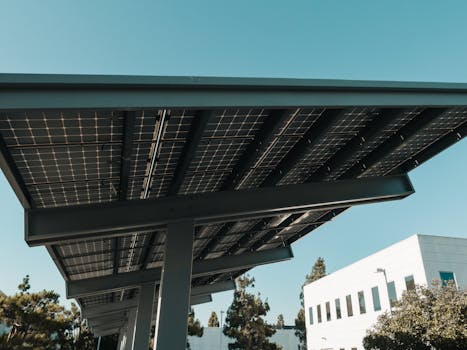
Smart Cities: Urban Trends for 2025
Smart Cities are revolutionizing the way we live, work, and interact with our urban environments. As we approach 2025, it’s essential to understand the latest trends and innovations that will shape the future of our cities. Smart Cities are at the forefront of this revolution, leveraging technology and data to create more sustainable, efficient, and livable spaces.
Section 1: Introduction to Smart Cities

Smart Cities are designed to improve the quality of life for citizens, enhance economic growth, and reduce environmental impact. By integrating cutting-edge technologies like IoT, AI, and data analytics, cities can optimize energy consumption, traffic management, and public services. The concept of Smart Cities has gained significant attention in recent years, with many cities around the world investing heavily in smart infrastructure and initiatives.
Section 2: Urban Trends for 2025

So, what can we expect from Smart Cities in 2025? Here are some of the top urban trends that will shape the future of our cities:
- Sustainable Energy: Renewable energy sources like solar and wind power will become increasingly prevalent, reducing our reliance on fossil fuels and minimizing carbon emissions.
- Advanced Transportation Systems: Electric and self-driving vehicles will transform the way we move around cities, reducing congestion and improving air quality.
- Smart Buildings: Energy-efficient buildings with integrated sensors and automation systems will become the norm, reducing energy consumption and enhancing occupant experience.
- Urban Agriculture: Vertical farming and urban gardening will become more popular, providing fresh produce to local communities and reducing the carbon footprint of food transportation.
- Cybersecurity: As cities become increasingly reliant on technology, cybersecurity will become a top priority to protect against data breaches and other threats.
Section 3: Implementing Smart City Solutions

Implementing Smart City solutions requires a multi-faceted approach, involving government agencies, private sector companies, and citizens. Here are some strategies for successful implementation:
- Develop a Clear Vision: Define a clear vision and goals for the Smart City initiative, aligning with the needs and priorities of the community.
- Engage Stakeholders: Collaborate with citizens, businesses, and government agencies to ensure that all stakeholders are informed and involved in the decision-making process.
- Invest in Infrastructure: Develop and deploy the necessary infrastructure, including sensors, networks, and data analytics platforms, to support Smart City applications.
- Foster Innovation: Encourage innovation and entrepreneurship, providing opportunities for startups and small businesses to develop and deploy new Smart City solutions.
- Monitor and Evaluate: Continuously monitor and evaluate the effectiveness of Smart City initiatives, making adjustments and improvements as needed.
Section 4: Conclusion

In conclusion, Smart Cities are poised to revolutionize the way we live and interact with our urban environments. By embracing the latest urban trends and technologies, cities can create more sustainable, efficient, and livable spaces for citizens. As we look to the future, it’s essential to prioritize innovation, collaboration, and community engagement to ensure that Smart Cities truly benefit everyone.





